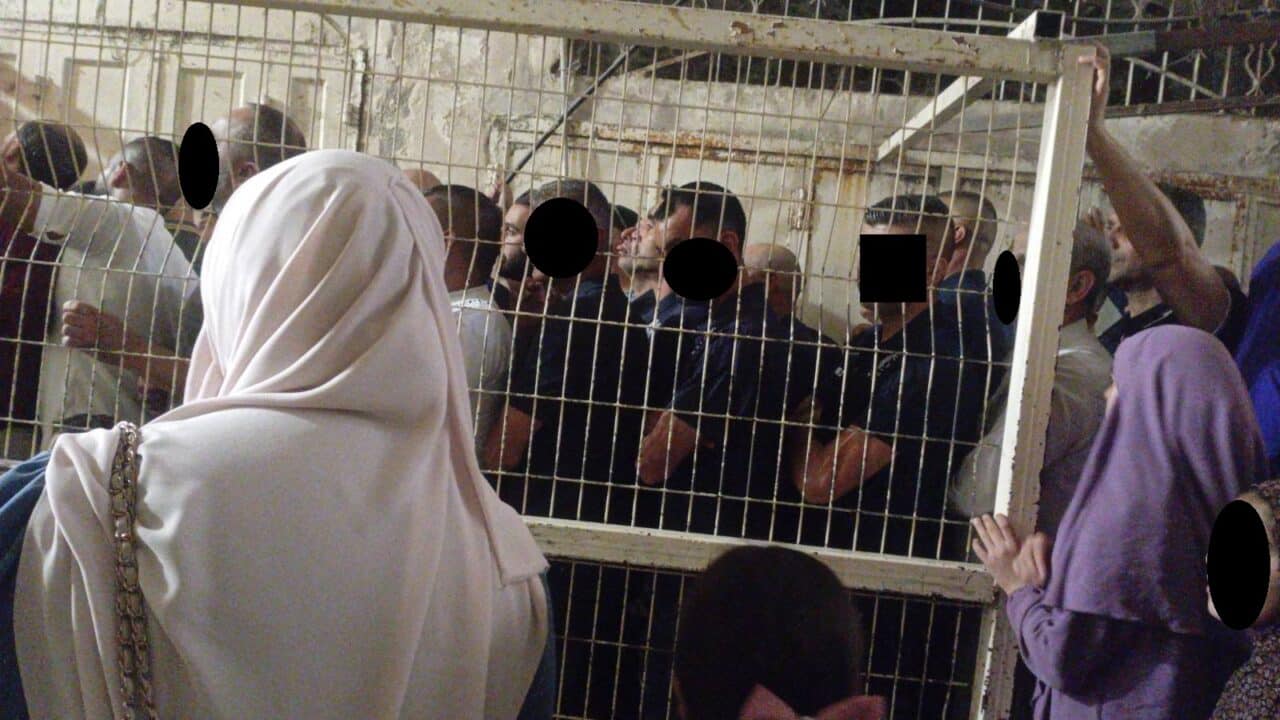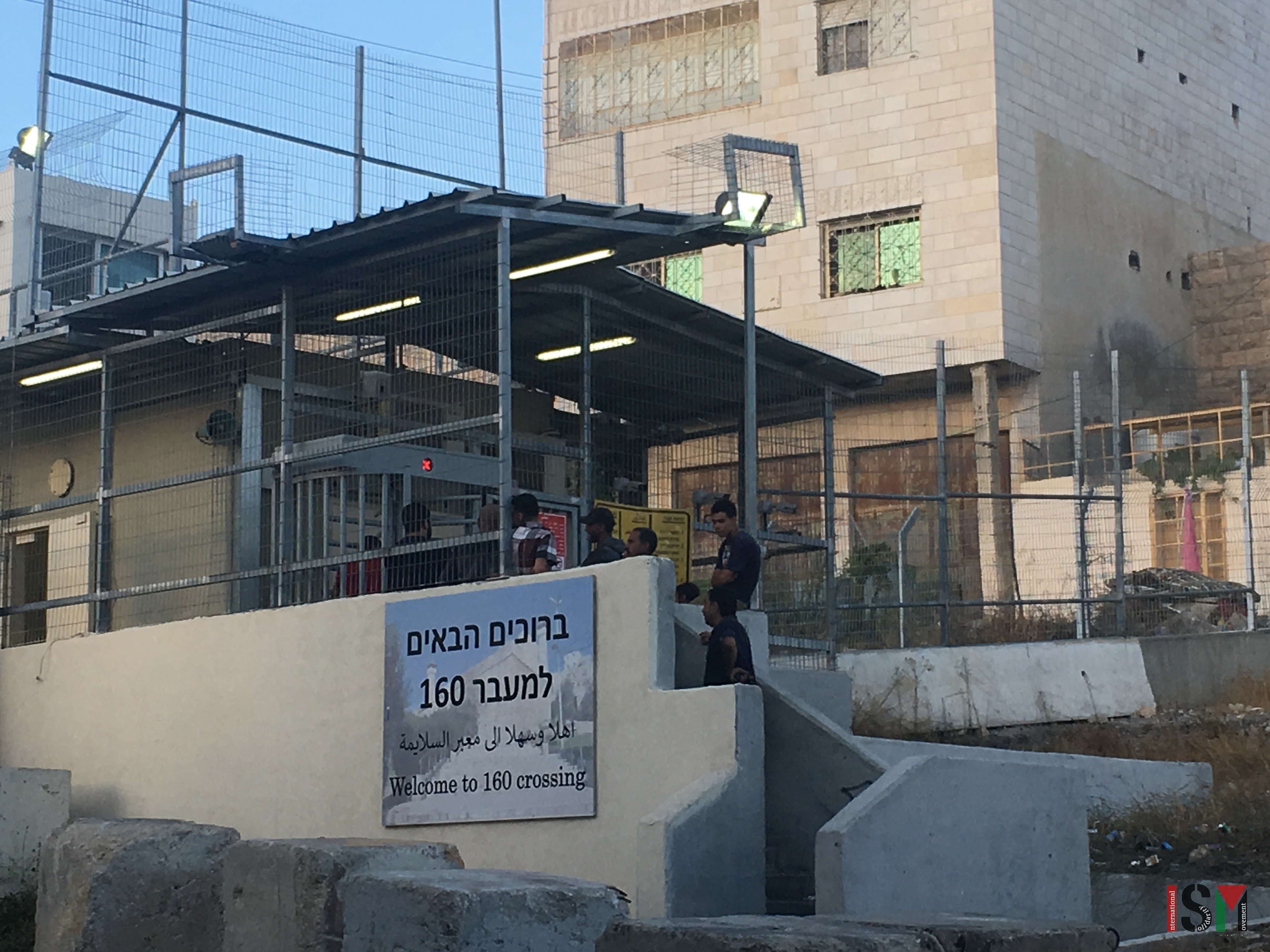Tag: Checkpoint
-
Israeli Occupation Forces Deny Muslims Right to Pray
On Friday, October 24, the Israeli Occupation Forces (IOF) denied over 100 Palestinian Muslims the right to pray Duhr – or noon prayer – at the Al Ibrahimi Mosque in Al Khalil. Friday, or Juma’ah in Arabic, is the holiest day of the week in Islam. And Duhr is among the most popular times to…
-
Waiting at a checkpoint
An ISM activist writes about her experiences volunteering in Hebron (Al Khalil) during Netanyahu’s visit to the city.
-
Protesters break through replica of Apartheid Wall in Bethlehem symbolic run
Protesters gather for symbolic marathon near Apartheid Wall in Bethlehem June 19 2019 | International Solidarity Movement | Bethlehem, occupied Palestine Hundreds of people gathered in cities across the Palestinian Territories and England on Sunday June 15, to participate in a symbolic marathon in honour of the international right to freedom of movement. The project, called…


